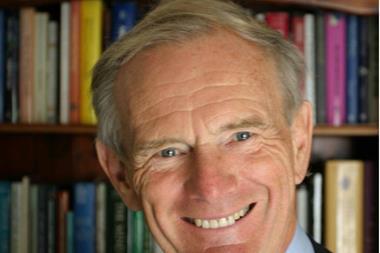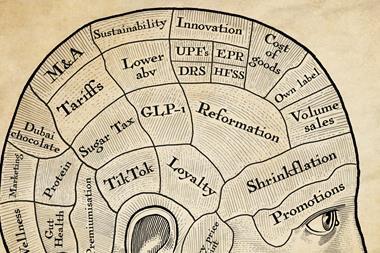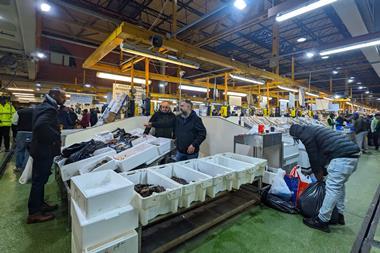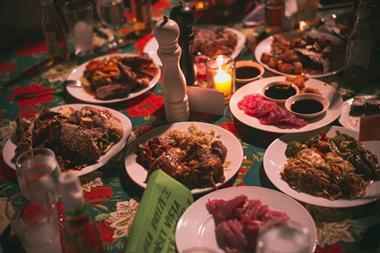Ever wondered how we transformed from a nation of sensible, spend-within-your-means types to the bloated, debt-ridden, shopaholic society of today? No, of course it wasn’t our fault! It was the ingenuity of retailers like Marks & Spencer, Sainsbury’s and Asda that sent us to hell in a shopping basket.
In the fascinating first episode of a new series (Robert Peston Goes Shopping, BBC2, 9pm, 2 September), the BBC’s business editor told the story of how retailers have seduced us over the years. Starting in the 1950s, he pinpointed the watershed moments that changed the way we shop.
The end of post-war austerity was obviously one. But another was the transition of power from manufacturer to retailer signalled by the demise of resale price maintenance. M&S led the rebellion with St Michael-branded clothing - enabling it to undercut the fixed prices dictated by manufacturers. Sainsbury’s also broke free from RPM with own label, after opening, in 1950, one of the UK’s first self-service supermarkets, in Croydon (fittingly reopened as a Sainsbury’s c-store last week).
One shopper threw a basket at Alan Sainsbury in disgust. But by 1967, there were 24,000 such stores and we were no longer buying what we needed - we were buying what we wanted, made all the more easy by the first superstore, opened in Nottingham by Asda in 1966, which hit the high street hard.
Meanwhile, we have M&S to thank, apparently, for the devastating effect on our waistlines of ready meals. Who’d have thought it all started with a chicken kiev?
Close menu
- Home
- Retail & Wholesale
-
Products & Suppliers
- Back to parent navigation item
- Products & Suppliers
-
Product Categories:
- Back to parent navigation item
- Product Categories:
- Alcoholic drinks
- Bakery
- Cereals & breakfast
- Cheese
- Chicken & poultry
- Chocolate
- Confectionery
- Crisps, nuts & snacks
- Dairy
- Fish
- Fresh produce
- Frozen
- Household
- Meat
- Own Label
- Sauces & condiments
- Seasonal
- Soft drinks
- Vaping
- Vegan & plant-based
- World foods
- Suppliers
- People
- Reports & Data
-
Topics A-Z
- Back to parent navigation item
- Topics A-Z
-
Popular topics:
- Back to parent navigation item
- Popular topics:
- Cost of living crisis
- Crime
- Deposit Return Schemes
- Finance
- Government & Regulation
- Health
- Inflation
- Loyalty
- Marketing
- Mergers & Acquisitions
- New Product Development
- Sourcing
- Supply chain
- Sustainability & environment
- Technology
- Ultra Processed Foods
- Vaping
- A-Z all topics
- Content by type:
- Events
- Ask iA (beta)
- Subscribe now
Robert Peston Goes Shopping... and argues supermarkets are to blame for our debts
By Liz Hamson2013-09-08T16:32:00+01:00
Sign in to comment on this article
Not logged in before? Register for FREE guest access today.
You will be able to:
- Read more stories
- Receive daily newsletters
- Comment on stories
Advert














No comments yet